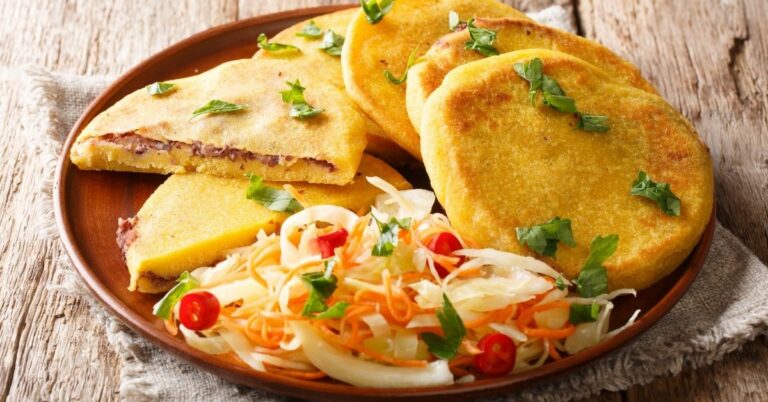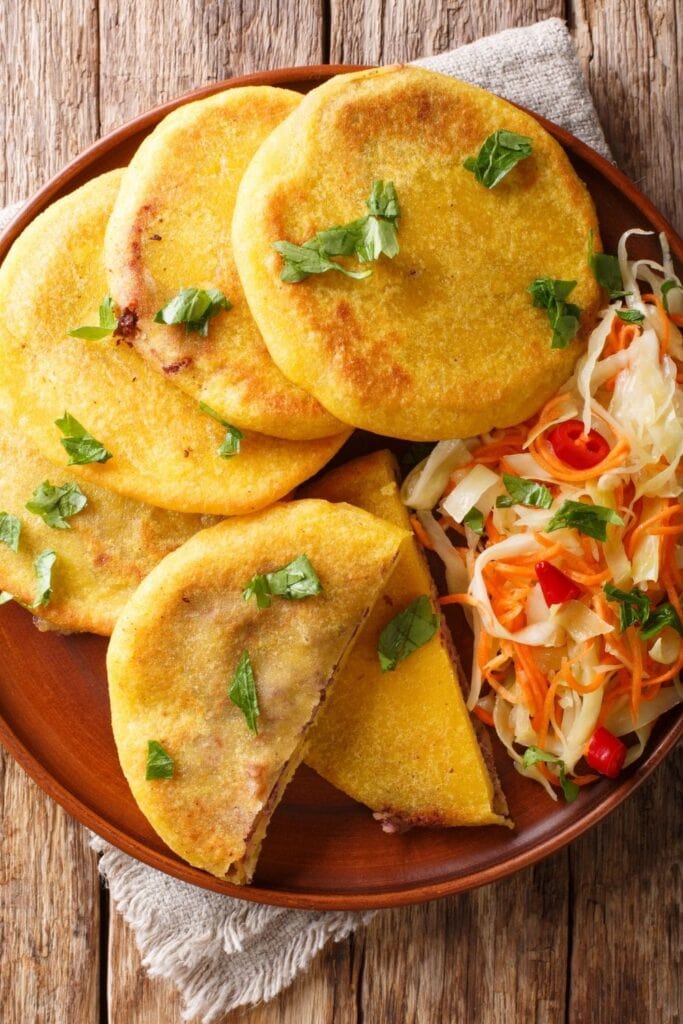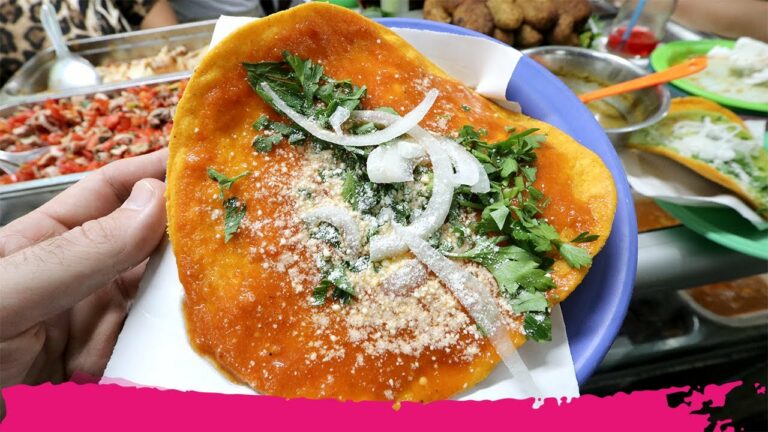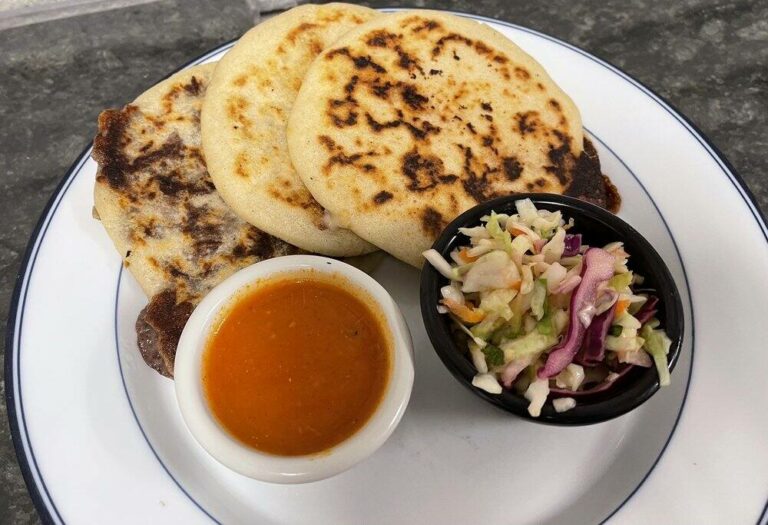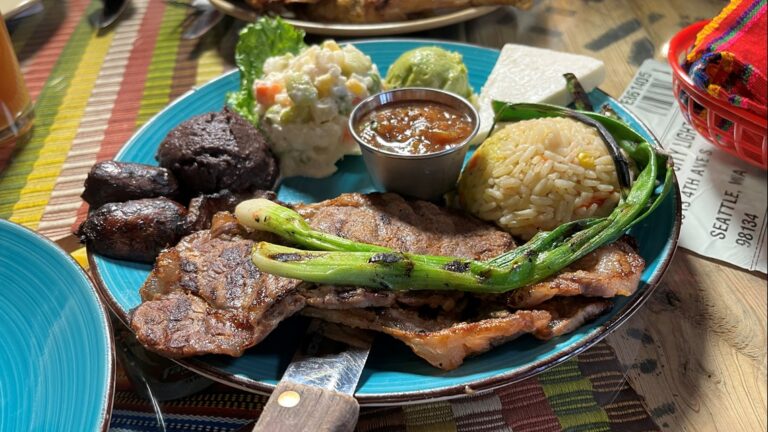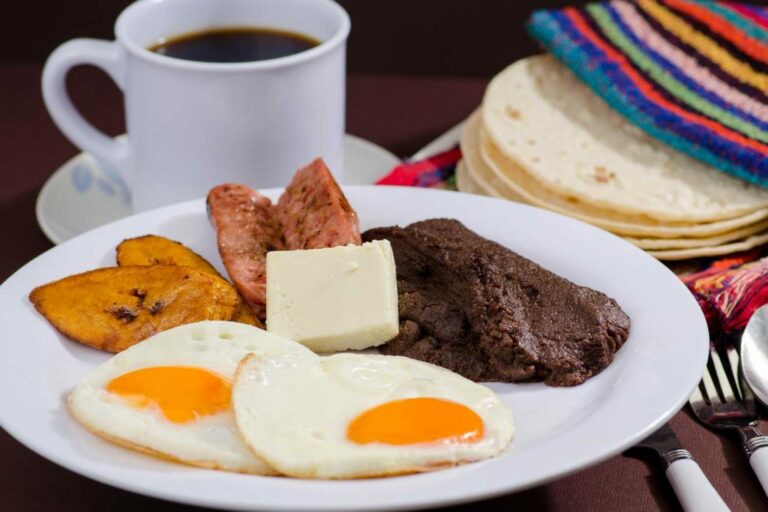Introduction: Guatemala’s Culinary Heritage
Guatemala’s culinary heritage is a unique blend of indigenous Mayan, Spanish, and African influences. The country’s diverse geography and climate have resulted in a rich variety of ingredients and flavors. Guatemalan cuisine is known for its use of fresh and locally sourced ingredients, especially corn, beans, and chili peppers. It is also characterized by its emphasis on bold and complex flavors, achieved through the use of herbs, spices, and traditional cooking techniques.
Staple Foods: Corn and Beans
Corn and beans are the two most important staple foods in Guatemala. Corn is used in a variety of forms, including masa (dough) for tortillas, tamales, and atoles (hot drinks made with cornmeal). Beans are typically cooked with garlic, onions, and other seasonings to create a flavorful accompaniment to any meal. Together, corn and beans provide a complete protein source and are a vital part of the Guatemalan diet.
Traditional Dishes: Pepian, Chiles Rellenos, and Kak’ik
Pepian is a hearty stew made with chicken or beef and flavored with a variety of spices, including roasted pumpkin seeds and chili peppers. Chiles Rellenos are another popular dish, consisting of roasted peppers stuffed with meat, cheese, or vegetables, and covered in a tomato-based sauce. Kak’ik is a spicy turkey soup native to the Mayan highlands, flavored with achiote (a spice derived from the seeds of the annatto tree) and served with corn tortillas.
Street Food: Tamales, Elotes, and Chuchitos
Tamales are a ubiquitous street food in Guatemala. They are made with masa (dough) filled with meat, beans, or cheese, and wrapped in a banana leaf before being steamed. Elotes (corn on the cob) are also popular, served with a variety of toppings, including chili powder, lime juice, and mayonnaise. Chuchitos are similar to tamales but smaller and filled with a savory mixture of meat and vegetables.
Sweet Treats: Atol, Camote en Dulce, and Platanos en Mole
Atol is a thick and creamy hot drink made with cornmeal and flavored with cinnamon, vanilla, and sugar. Camote en Dulce is a dessert made from sweet potatoes cooked in a syrup with cinnamon and cloves. Platanos en Mole is a sweet and savory dish made with ripe plantains cooked in a rich sauce made with chocolate, chili peppers, and nuts.
Beverages: Horchata, Atol de Elote, and Café de Olla
Horchata is a sweet and refreshing drink made from rice, cinnamon, and sugar. Atol de Elote is a hot drink made with fresh corn kernels, milk, and sugar, flavored with cinnamon and vanilla. Café de Olla is a spiced coffee drink made with cinnamon, cloves, and piloncillo (unrefined cane sugar). These beverages are enjoyed throughout Guatemala and are an important part of the country’s culinary culture.

